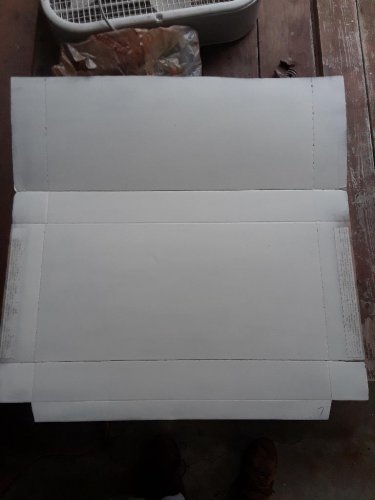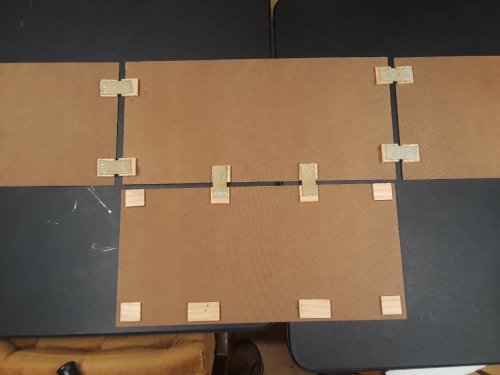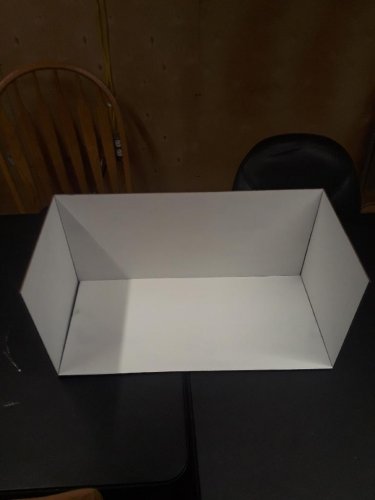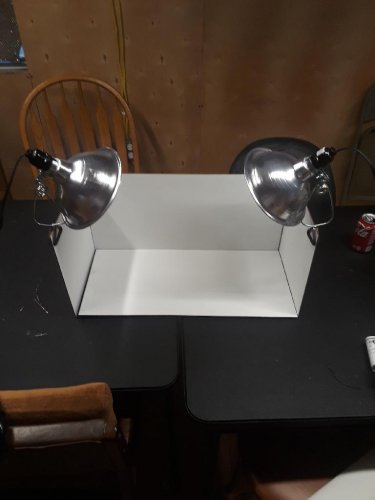photo background
- Thread starter ennder
- Start date
You are using an out of date browser. It may not display this or other websites correctly.
You should upgrade or use an alternative browser.
You should upgrade or use an alternative browser.
There is nothing wrong with that. I use a white tri-fold foam-core presentation board as a backdrop.
- Apr 5, 2013
- 13,876
- 10,214
- 228
A big sheet of Card stock, or any color paper, with a radius behind, instead of a straight sheet, or folded one, will give an interesting backdrop as well. 
and here is the problem...... vertical lines in the photo when the lights are on
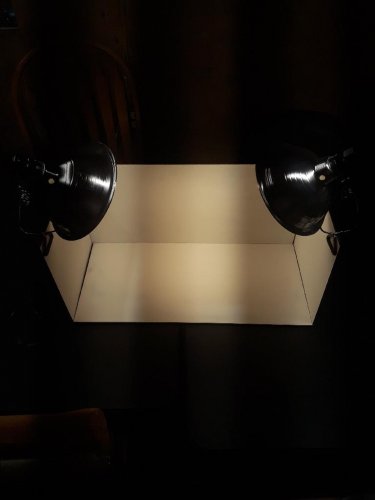
I thought it might be a feed back from using LED lights and a phone camera
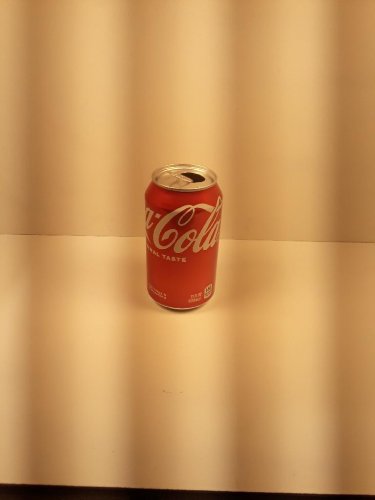
but I went and got some reg. incandescent light bulbs, and got the same effect, though not as pronounced.
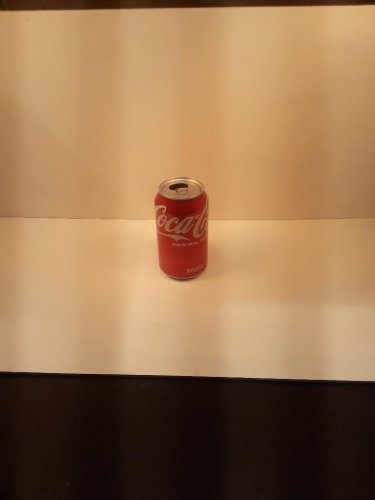
I get the best result when I don't use the droplights..... but I get shadows.
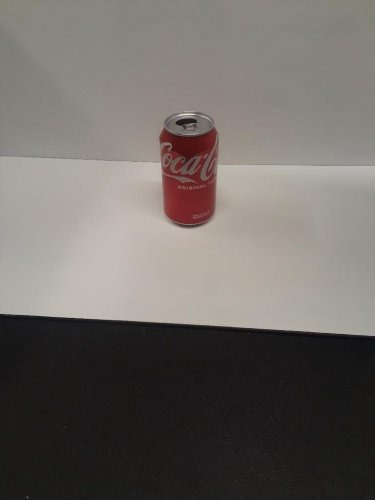

I thought it might be a feed back from using LED lights and a phone camera

but I went and got some reg. incandescent light bulbs, and got the same effect, though not as pronounced.

I get the best result when I don't use the droplights..... but I get shadows.

You could try Mini fluorescent, true Daylight ( 5000k and above) and if possible, use just one source, What you are getting are interference bands being pick up by the camera detector. a single light source should get rid of those, but then shadows come back.
I'd say, use one lamp for the main light and one or two to direct the shadows. Maybe the lamps are too strongly focused because of the lampshade? You could try a much larger light source, like an LED tablet for tracing line drawings. The brightness can be adjusted and you are completely free to place it anywhere you want. Most have an USB connector but I think you may get an adapter to plug them into your ordinary power outlet. In addition, a smooth back plate could reduce shadows as well.
However, before you blow up your credit card for new equipment to test out new configs ( ) try this inexpensive way first: Skip the box. Take a large piece of card instead. Put it in a corner of your workspace so that it smoothly curves from the bottom to the wall. Then put the object you want to photograph on it. Take the lights and move them higher so that they light up the entire space evenly. Try to position the lamps so that the strong shadows are barely visible. Try out various positions and distances. Since there are no plates at the sides the light will not bounce around from left to right and vice versa. Use a tripod or such to keep the camera steady (you may put the cam on a pile of books
) try this inexpensive way first: Skip the box. Take a large piece of card instead. Put it in a corner of your workspace so that it smoothly curves from the bottom to the wall. Then put the object you want to photograph on it. Take the lights and move them higher so that they light up the entire space evenly. Try to position the lamps so that the strong shadows are barely visible. Try out various positions and distances. Since there are no plates at the sides the light will not bounce around from left to right and vice versa. Use a tripod or such to keep the camera steady (you may put the cam on a pile of books  ) and take a picture. Use the timer function to prevent the cam from shaking. If it is too dark increase the exposure time.
) and take a picture. Use the timer function to prevent the cam from shaking. If it is too dark increase the exposure time.
However, before you blow up your credit card for new equipment to test out new configs (
Last edited:


